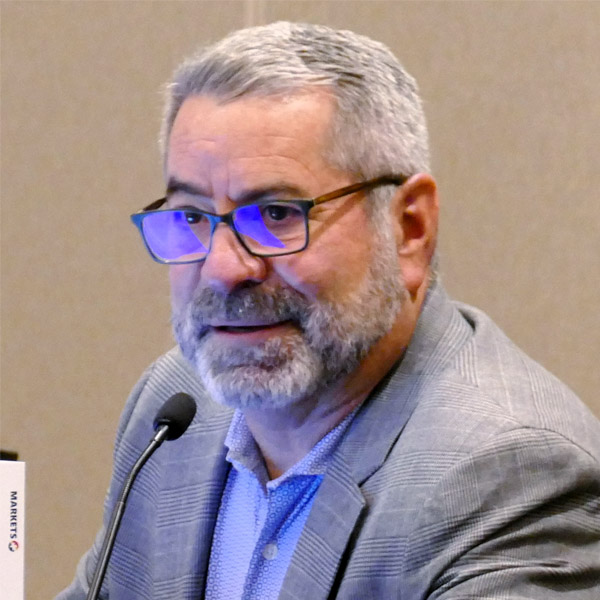The Maine Public Utilities Commission is seeking feedback and indications of interest for a procurement of generation and transmission capacity to connect at least 1,200 MW of clean energy in Northern Maine to ISO-NE.
State law requires the PUC to seek long-term contracts for generation in Aroostook County and for a new transmission line to connect it to ISO-NE. The sparsely populated county has significant clean energy potential owing to its high wind speeds, but Northern Maine is not directly connected to the ISO-NE system, instead connecting to the Eastern Interconnection through New Brunswick, Canada.
Policymakers and developers in the region have long seen the region as a potential source of cheap power. ISO-NE and the New England States Committee on Electricity (NESCOE) have focused the first Longer-Term Transmission Planning (LTTP) procurement on facilitating the interconnection of 1,200 MW of onshore wind and alleviating transmission constraints in the southern part of the state. (See ISO-NE Releases Longer-term Transmission Planning RFP.)
The PUC has said it aims for its procurement to be complementary to the LTTP procurement, which is being run by ISO-NE. In the request for information issued in early April, the PUC asked for feedback on how to best coordinate and sequence its solicitation with the LTTP process (DPU 2024-00099).
The RFI highlights some unique challenges and questions associated with coordinating the two procurements. ISO-NE’s request for proposals features a Sept. 30 submission deadline, and the RTO does not expect to select a project until fall 2026. There also is no guarantee that a project will emerge from this RFP, as NESCOE has the right to terminate the process even if a proposal is selected by the RTO.
If Maine waits until the conclusion of the LTTP process to proceed with its own procurement, this likely would push its process back for more than a year.
The state also must grapple with the challenges of simultaneously procuring generation and transmission. The PUC asked for input on the interdependencies between these two aspects of its procurement, as well as on potential “advantages or disadvantages to allowing or prohibiting combined or linked transmission and generation project proposals.”
The PUC is seeking feedback on potential contact adjustments and flexibility for generation projects to account for risks of transmission delays. The PUC also asked for input on long-term contract length, inflation adjustment mechanisms, mitigating permitting risks, the availability of federal funding and tax credits, and the potential impact of federal policy, tariffs and federal permitting requirements.
The RFI also includes questions about partnering with other states for the procurement, as the statute specifically directs the state to seek partnerships with other states and utilities. Massachusetts previously agreed to buy up to 40% of the generation and transmission capacity from an earlier iteration of this solicitation, but the Maine PUC terminated this procurement after LS Power said it could no longer meet its fixed price due to delays associated with negotiating contracts in Massachusetts (DPU 2021-00369).
In October 2024, the U.S. Department of Energy under President Joe Biden agreed to serve as the anchor off-taker for an Avangrid proposal to build transmission into Northern Maine, awarding the project up to $425 million to help de-risk the project. (See Long Road Still Ahead for Aroostook Transmission Project.)
At the time, Avangrid said it expected the PUC to announce winning bids at some point in 2025. This timeline now seems highly unlikely, and federal policy changes may pose a significant threat to the funding.
The PUC is requesting feedback from stakeholders by June 2, with supplemental comments due at the end of September. It also asked developers to submit indication of interest forms by June 2, which should include “a brief description of the project or projects they would develop” and “a description of how the project(s) would be impacted by different possible outcomes of the ISO-NE regional solicitation.”

